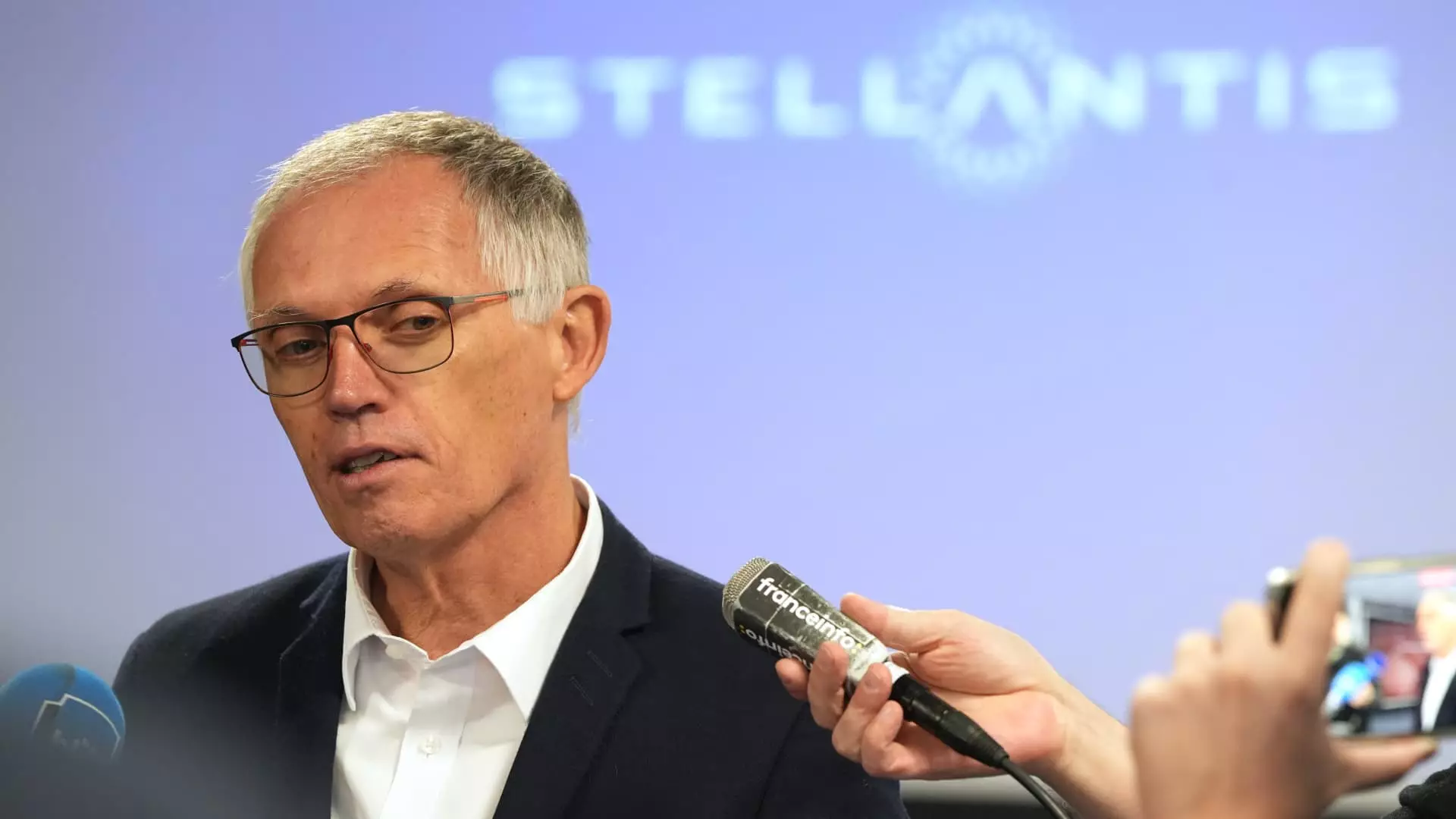In a significant legal maneuver, Stellantis, the trans-Atlantic automotive giant, has initiated a lawsuit against the United Auto Workers (UAW) union. This development marks an important escalation in what has been an ongoing conflict between the company and the labor organization. This lawsuit specifically implicates not only the UAW as a whole but also a local chapter in California that took part in a recent strike authorization vote at Stellantis’ Los Angeles Parts Distribution Center. Key to this dispute is Stellantis’ contention that the union’s actions could lead to substantial financial repercussions for both parties.
The basis of the lawsuit rests on claims that these strike actions might constitute a breach of contract between Stellantis and the UAW. In an internal communication addressed to the company’s employees, Stellantis’ senior vice president for North America human resources, Tobin Williams, argued that the legal action aims to hold the union accountable for potential revenue losses resulting from what the company deems an unlawful strike. Stellantis seeks not merely an injunction against the strike but also financial restitution for damages incurred from any resulting production interruptions.
In response to the lawsuit, UAW President Shawn Fain expressed the union’s unwavering confidence in their right to strike. In a critique of the automaker’s actions, Fain labeled the lawsuit as an example of a “desperate” attempt by Stellantis executives to control a narrative that is slipping from their grasp. The UAW has voiced suspicions that Stellantis has failed to fulfill its obligations under previously negotiated contracts, citing issues like production cuts, job layoffs, and postponed investments.
Fain’s rhetoric in this regard highlights a growing friction, particularly as UAW members at the Los Angeles facility recently demonstrated overwhelming support for a strike authorization vote. This collective choice underscores a deep-seated frustration among the workforce, who feel their rights and entitlements are being neglected. Fain articulated this sentiment poignantly, asserting that the union stands ready to take necessary measures, including strikes, if Stellantis continues its current trajectory of perceived neglect.
The heart of this contentious dispute revolves around interpretations of the collective bargaining agreement, particularly concerning “Letter 311,” which stipulates that Stellantis retains certain discretionary powers over production and investment decisions based on market conditions. The automaker maintains that its operational decisions are justified by contractual language that seemingly allows for flexibility in response to economic circumstances. Consequently, Stellantis argues that any strike initiated by the UAW would be unlawful as it violates the agreed-upon contractual terms.
This ongoing tug-of-war displays the inherent tensions in labor-management relations, especially in a time of economic uncertainty. While Stellantis argues that it must adapt to the changing market landscape, the UAW positions itself as the voice of the workers, claiming that such adaptations can come at too high a cost to employees’ job security, morale, and livelihoods.
Beyond the immediate concerns of Stellantis and the UAW, this legal showdown has broader implications for the unionized labor landscape in industrial sectors across America. As labor unions continue to adapt to the challenges posed by globalization, technological advancement, and economic shifts, the strategies employed in confrontations such as these may set precedents for other unions facing similar disputes.
Additionally, the response from the larger labor community in light of Stellantis’ legal actions will be closely monitored. A failure to effectively support such actions could embolden other corporations to adopt similarly aggressive stances against union actions in the future. An example is the ongoing rallying of UAW members, where expressions of solidarity and collective action represent vital strategies to counteract corporate maneuvers perceived as attempts to undermine their rights.
As the conflict between Stellantis and the UAW unfolds, it serves as a crucial moment not just for the involved parties but for the broader labor movement in America. The tension reveals underlying issues regarding the balance of power in labor relations and raises questions about how both sides will navigate the complexities of contractual obligations amid economic pressures. This conflict exemplifies the challenges unions face in ensuring that workers’ rights and needs are prioritized in a rapidly evolving economic landscape, making it a watchpoint for workers and employers alike.

